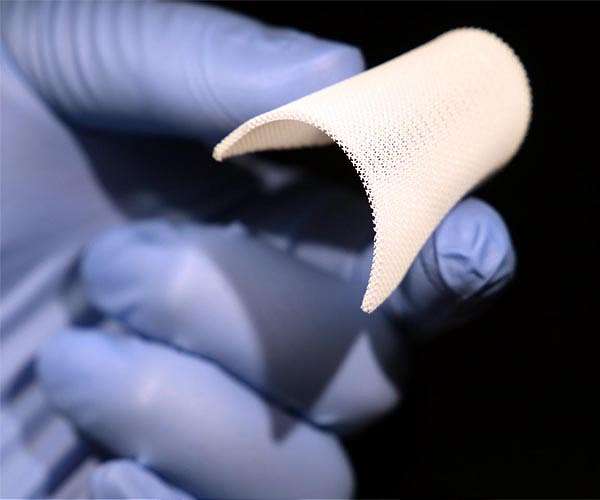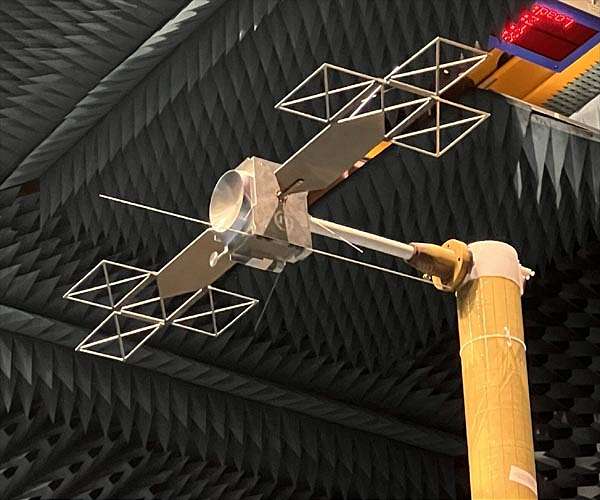The surge in demand for solar panels is clouded by supply chain disruption, a fragmented industry as well as ethical issues, EURACTIV media partner The Guardian reports.
“It’s hot,” says Steve Springett, director of renewable energy brand Egg, happily assessing the solar market. “There are two key factors: people understand the environmental benefits better, and energy is really, really expensive right now.”
Consumer interest has grown in recent months as Britons look for ways to cut huge energy bills. A reduction in VAT on energy efficient systems from 5% to zero this spring has added to the appeal of solar power.
The number of searches on eBay for solar panels and solar batteries increased by 54% and 134% respectively in June, compared to the same period last year. Consumers are also increasingly looking for smart meters as they try to control their energy consumption.
Murray Lambell, Managing Director of eBay UK, said: “As the cost of living crisis hits, buyers are looking for savvy investments to keep energy costs down wherever they can. Many are choosing green power options as a solution that’s good for their wallets and the planet, and we’ve seen a significant increase in demand for products like solar panels and batteries as a result.
The boom is the latest in an industry so known for its unpredictable fortunes that it has been dubbed the “solar roller coaster”. The name emerged from the peaks and troughs created by the government’s “feed-in tariffs”, whereby households received payments for electricity produced by qualifying systems to incentivize their use.
A rush to install occurred on the eve of each deadline before payments became less generous, followed by a fallow period. The closure of the program to new applicants in March 2019 drained some of the market momentum. Industry watchers say the market has become more stable since the program ended – until this year.
Data from consumer credit reporting firm Experian shows around 1.9 million households intend to install solar panels or other renewable capacity this year.
Springett says the huge increase in energy bills could reduce the time it takes to recoup the cost of an installed system from “double-digit years” to more than seven years, depending on the size and location of the property. Warranties typically last 25 years and panels – also called photovoltaic cells – can last up to 40 years. Costs typically range between £5,000 and £15,000 for a family home, and network connection requests can take around three months.
“There’s a definite crossover between people getting solar panels, electric cars, and heat pumps. They want the whole package,” says Springett.
EU solar power generation hits record high

Solar power supply in the European Union in June and July hit a record high in 2021, accounting for 10% of total electricity generated in the region, according to a report by independent climate think tank Ember on Wednesday 18 august. To see also : Johnson solar san diego.
The demand for panels is now so great that a senior industry executive says his company has run out of labor and materials to take new orders. “I tried to forward requests to competitors to help customers, but found that they also lacked the capacity to help them. Many installers returned to their profession, such as electricians, when the buyback program ended, and it’s hard to get them back,” he says.
The solar panel industry is noticeably fragmented in the UK, with few nationwide players. Ikea sold solar panels and batteries in the UK for two years before stopping in 2019, although it still sells them in Europe. The British Solarcentury, founded by oil geologist Jeremy Leggett, was acquired at the end of 2020 by the Norwegian renewable energy specialist Statkraft.
UK institutional investors have shown more interest in the industry lately. Shares of NextEnergy Solar Fund – which invests in major projects in the UK and Italy – have risen 7% this year, valuing the London-listed investment firm at £640million. In the United States, John Burger, founder and chief executive of Sunnova, recently said that his company, which is one of the largest residential solar companies in the country, had its best day of sales. However, tighter regulations, tough markets and concerns about rising interest rates sent shares of industry giants including First Solar and Sunrun tumbling.
For businesses, rising electricity bills – as well as labor costs – have made solar panels an attractive investment.
Soaring consumer interest in installing solar panels has highlighted supply difficulties. A pandemic-triggered squeeze in global shipping capacity and freight rates has led to a shortage of power inverters, devices that convert the direct current created by panels to alternating current used to power the home. The panels themselves are typically made in Asia, with a central hub in China.
During a parliamentary debate last week, Conservative MP Nus Ghani noted that much of the production took place in Xinjiang, where China has been accused of potentially committing genocide against the Uighur population. Xinjiang, officially an autonomous region of China, accounts for around 45% of the world’s supply of polysilicon, the key component of solar panels.
Asked about the supply of solar panels in China, Business Secretary Kwasi Kwarteng said: “What has happened over the past 20 years is that the Chinese have had a very strategic game, they were able to see which direction the global economy was going and they basically monopolized and gathered extensive capacity into their own hands, and we are now in a world where we are trying to move away from over-reliance.
Kwarteng has targeted a tripling of solar power by 2030, increasing capacity from 15 gigawatts now to 50 GW. With further rises in energy bills expected in October and again next year, consumer frenzy building up this summer could well put Britain on track to meet that target.
This article first appeared in The Guardian and is republished here with kind permission.
What are the 2 main disadvantages to solar energy?
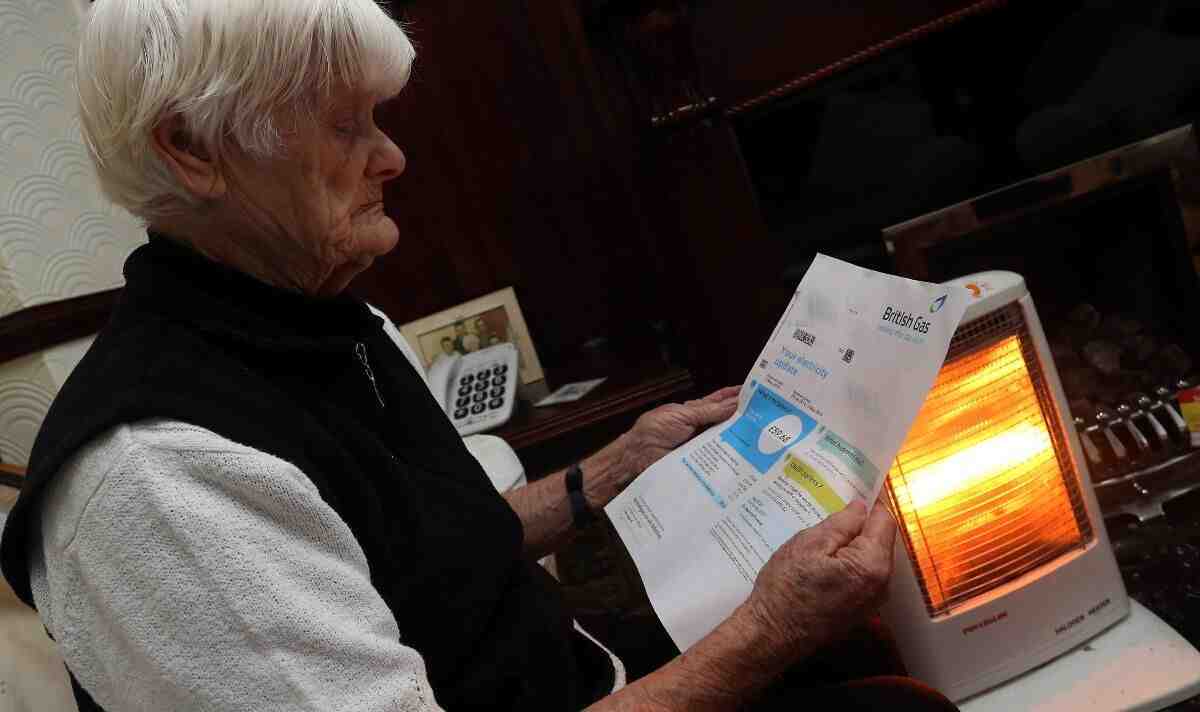
Disadvantages of solar energy To see also : How solar energy is stored ?.
- Cost. The initial cost of purchasing a solar system is quite high. …
- Depending on the weather. Although solar energy can still be collected during cloudy and rainy days, the efficiency of the solar system decreases. …
- Solar energy storage is expensive. …
- Uses a lot of space. …
- Associated with pollution.
What is the main disadvantage of solar energy? Reliability. One of the disadvantages of solar power is that it relies on the sun, electricity cannot be generated overnight, requiring you to either store excess energy produced during the day or connect to an alternative power source such as the local power grid.
What are 2 advantages and 2 disadvantages of solar energy?
| Advantages of solar energy | Disadvantages of solar energy |
|---|---|
| Reduces electricity bills | High initial costs |
| Provides tax incentives | Long |
| Pairs with solar battery storage | Depending on the weather |
| Ecological | Rigorous criteria |
What are 2 advantages of solar?
Solar energy is non-polluting and causes no greenhouse gas emissions after installation. Reduced reliance on foreign oil and fossil fuels. Clean renewable energy available every day of the year, even cloudy days produce power. Return on investment unlike paying utility bills.
What are some 2 advantages and 2 disadvantages to using solar energy?
Yes, solar power has many benefits, such as its ability to reduce your carbon footprint and reduce the strain on the power grid. But, of course, solar also has its limits, such as the impossibility of producing electricity at night and the difficulty of moving the solar panels once they are installed.
What are the problems with solar energy?
The downsides are that it only produces power when the sun is shining, it requires a significant amount of land, and some solar technologies require rare materials.
What are the two problems with solar energy?
The environmental impacts associated with solar energy are land and water use and pollution, habitat loss, and the use of highly hazardous materials in the manufacturing process.
What are negative effects of solar energy?
Environmental disadvantages of solar energy include habitat loss, land use change, pressure on water resources, exposure to hazardous materials, and pollution of soil, air and water resources.
Do solar panels cause harm to the environment?
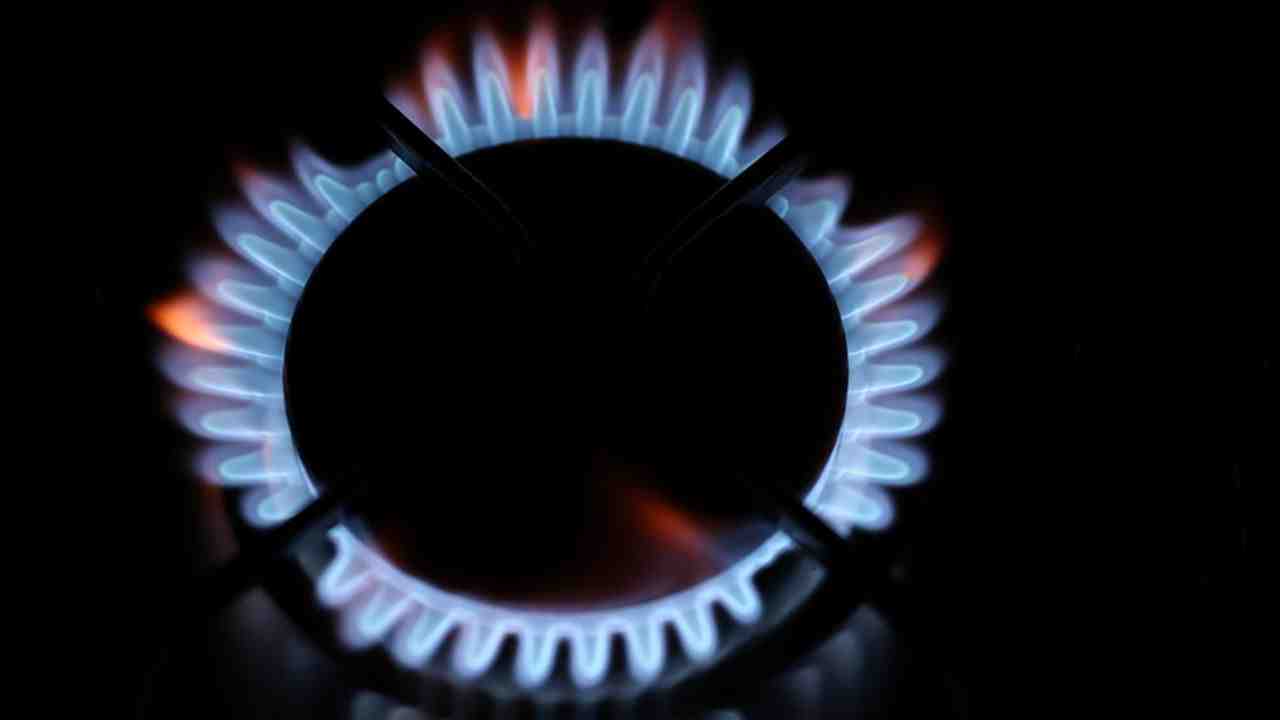
Although solar energy is labeled as a clean and alternative source of energy, there are still negative environmental implications that are not commonly discussed. Photovoltaic panel production is linked to carbon emissions, toxic waste, unsustainable mining practices and habitat loss.
Why are solar panels bad for the environment? Because solar panels sit in landfills, the toxic metals they contain can leach into the environment and potentially pose a public health hazard if they enter the groundwater supply.
Do solar panels help or hurt the environment?
As a renewable energy source, solar energy plays an important role in reducing greenhouse gas emissions and mitigating climate change, which is essential to protect humans, wildlife and ecosystems . Solar energy can also improve air quality and reduce water consumption from power generation.
Are solar panels better or worse for the environment?
Solar and wind are definitely better for the environment than coal or natural gas. They emit far fewer grams of CO2e per kWh generated. Again, this includes all aspects of these technologies, from mining, extraction and manufacturing to dismantling and disposal of materials.
Why do solar panels hurt the environment?
Still, making all those solar panels, according to a Tuesday report, can have environmental downsides. Manufacturing the panels requires caustic chemicals such as sodium hydroxide and hydrofluoric acid, and the process uses water as well as electricity, the production of which emits greenhouse gases. It also creates waste.
What are the harmful effects of solar panels?
Environmental disadvantages of solar energy include habitat loss, land use change, pressure on water resources, exposure to hazardous materials, and pollution of soil, air and water resources.
How does solar energy hurt the environment?
As with the development of any large-scale industrial facility, the construction of solar power plants can present risks to air quality. These threats include the release of soil-borne pathogens and lead to an increase in particulate matter in the air, which contaminates water reservoirs.
How long does it take for solar panels to pay for themselves UK?
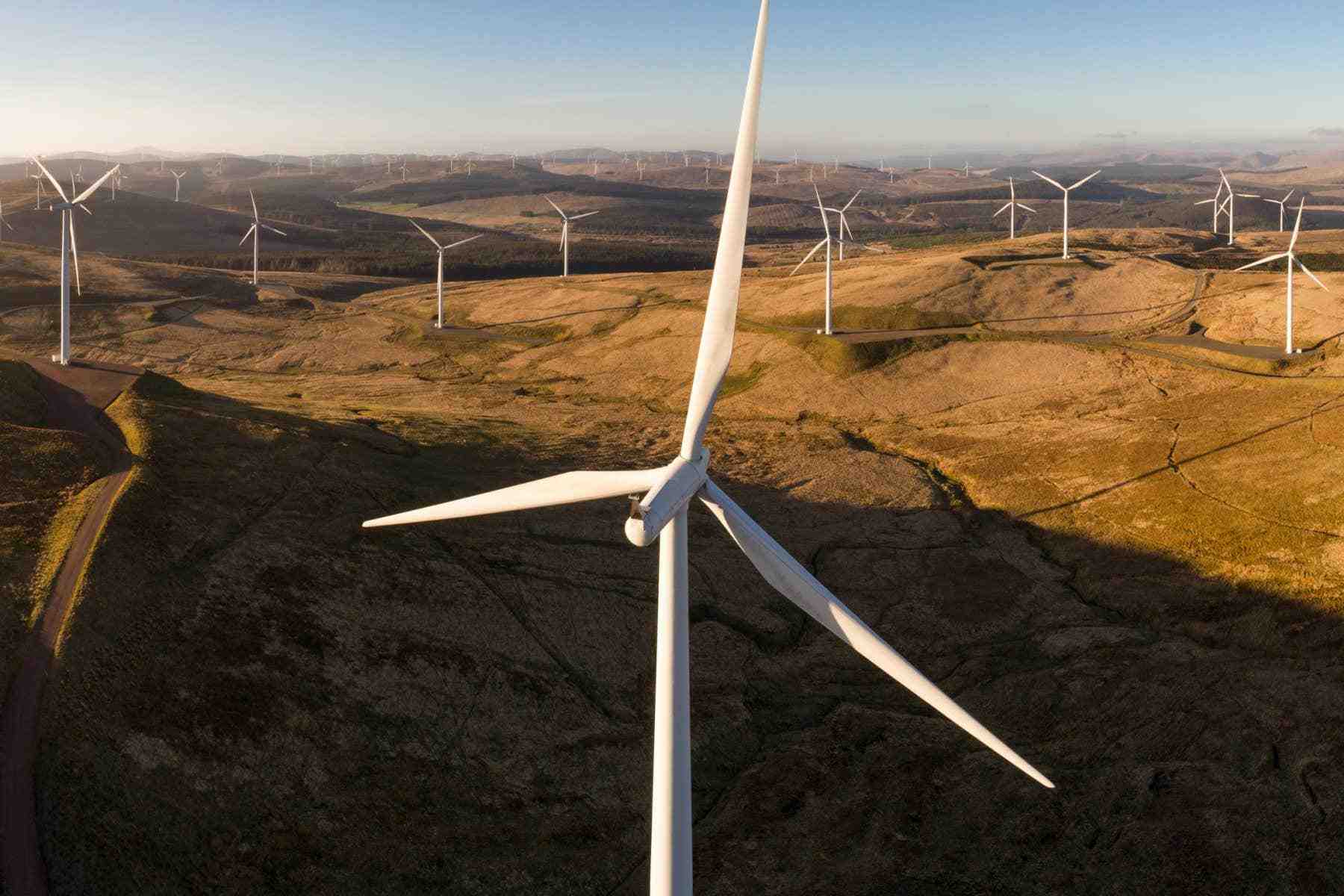
While the national average is 9.5 years, it takes just 8.4 years in Plymouth, Exeter and Truro (the top three) for a home solar panel installation to pay for itself.
How long do solar panels take to pay for themselves? Solar panels pay for themselves over time by saving you money on utility bills and, in some cases, earning you money through ongoing incentive payments. The payback time for solar panels averages 5 to 15 years in the United States, depending on where you live.
How long does it take to get your money back from solar panels UK?
The average payback period for solar PV is 12 to 26 years.
What is the payback period for solar panels UK?
With an average system cost of around £6000, it would take you 22-60 years to break even. With SEG payments, payback times for solar panels are significantly shorter. A similar sized system with the same £6,000 cost could earn around £100 in annual SEG payments.
How much money do you get back from solar panels?
The average solar payback period on EnergySage is approximately 8.7 years. If your solar installation cost is $20,000 and your system is going to save you $2,300 per year in lost energy bills, your solar panel return on investment or “break-even point” will be 8 .7 years ($20,000/$2,300 = 8.7).
Do you get money back from having solar panels?
Yes. Generally, you can claim a tax credit for expenses related to the new solar photovoltaic system already installed on the house for the year in which you moved into the house (assuming the builder did not claimed the tax credit) – in other words, you can claim the credit in 2021.
How much money do you get back from solar panels UK?
Basically, the amount you get back depends on the company and ranges from just 1.5p per kWh to 12p per kWh – so make sure you go for the most remunerative rate possible (it doesn’t have to be it is the same company that supplies your energy). And keep an eye on the rate you get as many are variable.
What is the return on solar panels UK?
The home solar panel yields up to 6.50% as electricity prices increase. Despite a reduction in tariffs from 41.4p/kWh in 2010 to 3.79p/kWh in January 2019, rising electricity prices are driving up solar PV yields over the past 2 years.
How much money can solar panels make you UK?
Typical earnings of around £645 per year (through tariffs and savings) would give you a total income of £3,225 in year 5, £6,450 in year 10 and £12,900 in year 20. However, these revenues could increase if energy bills continue to rise, as the savings realized would increase significantly.
Do you get money back with solar panels?
Yes. Generally, you can claim a tax credit for expenses related to the new solar photovoltaic system already installed on the house for the year in which you moved into the house (assuming the builder did not claimed the tax credit) – in other words, you can claim the credit in 2021.
Does solar really pay off?
Solar panels pay off in a number of ways, from reducing your carbon footprint to increasing the value of your home. Recently, the National Renewable Energy Laboratory (NREL) found that for a home equipped with a solar power system, every dollar saved on energy increases the value of a home by $20.
Why solar panels are not worth it?
#1 The economy is not for you High initial costs for your solar energy system. This is usually because solar equipment and/or installation costs are expensive where you live. Space restrictions mean that you cannot install a solar panel system large enough to generate adequate electricity bill savings.
Do you really save money with solar panels?
In addition to the federal tax credit, solar panels increase property values while reducing utility bills. Compared to gas or electric heating systems, solar panels allow you to save much more in the long run. Your solar panel system can pay for itself in three years!
How long do solar panels last?
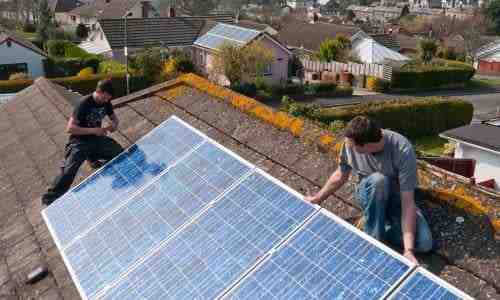
Solar panels, also called photovoltaic or PV panels, are designed to last more than 25 years. In fact, many solar panels installed as early as the 1980s are still operating at their intended capacity. Not only are solar panels remarkably reliable, but the longevity of solar panels has increased dramatically over the past 20 years.
Do solar panels deteriorate over time? The reduction in output from solar panels over time is called degradation. NREL research has shown that solar panels have a median degradation rate of around 0.5% per year, but this rate could be higher in warmer climates and for rooftop systems.
How often do you replace solar panels?
The industry standard lifespan is around 25 to 30 years, which means that some panels installed at the start of the current boom will soon be removed.
Do solar panels still work after 25 years?
In reality, solar panels can last a little longer than that: the warranty usually guarantees that the panels will operate at over 80% of their rated efficiency after 25 years. A study by NREL shows that the majority of panels are still producing power after 25 years, albeit at a slightly reduced efficiency.
How often should I replace solar panels?
Generally speaking, solar panels are extremely durable and with no moving parts, they generally require little to no maintenance. Currently, the average lifespan of solar panels for housing is around 25-30 years, but some systems can even last 50 years!
Do solar panels wear out over time?
Solar panels primarily degrade due to normal wear and tear from exposure to UV rays and adverse weather conditions. The degradation rate is included in a panel’s performance guarantee.

